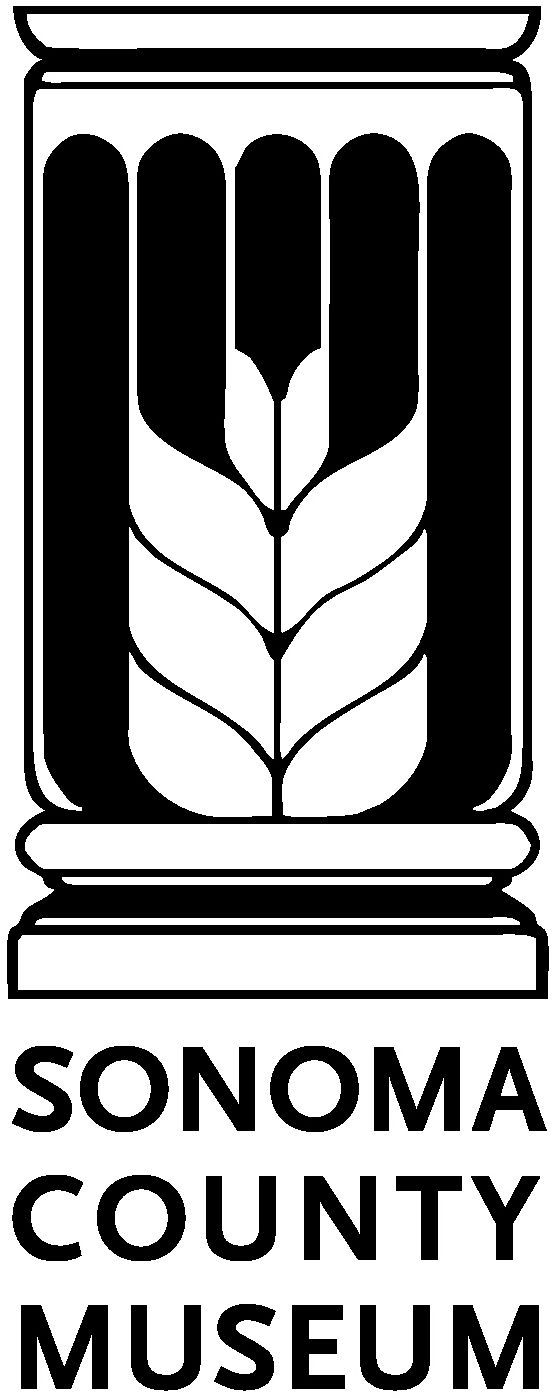Since the Americans With Disabilities Act was enacted by Congress 20 years ago, it has changed much more than building codes.
 When the ADA passed, it took some time for the law’s new requirements to have a visible effect. But Anthony Tusler (left), founder of About Disability, a Penngrove-based advocacy office, observes that there were some notable changes in the public media landscape almost immediately.
When the ADA passed, it took some time for the law’s new requirements to have a visible effect. But Anthony Tusler (left), founder of About Disability, a Penngrove-based advocacy office, observes that there were some notable changes in the public media landscape almost immediately.
Most adult Americans with disabilities were cheered and empowered by the passage of the ADA in 1990, but Tusler acknowledges there were a few who felt threatened by the changes the bill would bring, and opposed it.


This is one of a series of photos taken in April, 1977 by Anthony Tusler at the demonstration and picketing at the U.N. Plaza in front of the Federal Building in San Francisco. The group then entered the offices of HEW and refused to leave. It was the longest occupation of a Federal Building by any group. Demonstrations were also held at other Federal Buildings across the country. Because of the political pressure of these actions Secretary Califano signed the regulations in May. A more complete history can be read at 504 Sit-in: Historical Articles and Eyewitness Accounts.

In addition to the imported Russian culture that was central to life at Fort Ross, park interpretive specialist Hank Birnbaum says that the native Kashaya people and their heritage will be well represented at the event Saturday.
 Schedule Of Events In The Fort
Schedule Of Events In The Fort
10:00 Gates open to the fort.
10:00 St. Nicholas Cathedral performs a liturgy
10:30 Slavyanka Choir performs Russian secular music
11:00 Russian Folk Music & Dance
12:00 Musket and cannon demonstration
1:00 Russian Folk Music & Dance
2:00 Slavyanka Choir performs Russian liturgical music
3:30 Musket and cannon demonstration
5:00 Gates close
This expanded schedule of events for this year’s Cultural Heritage Day is, in part, preparatory to the more extensive celebrations already being planned for the Fort’s bicentennial in 2012.

 Round Two in the fight over expanding Wal-Mart in Rohnert Park is on the city council agenda tonight, a debate that can be summarized as lower prices for consumers in the short term versus constraints on local economic growth in the long term.
Round Two in the fight over expanding Wal-Mart in Rohnert Park is on the city council agenda tonight, a debate that can be summarized as lower prices for consumers in the short term versus constraints on local economic growth in the long term.
While much of the discussion around the proposal Wal-Mart Expansion has focused on its probable impact on Pacific Market, the neighborhood grocery considered mostly likely to fail if Wal-Mart adds groceries, Ben Boyce of the Accountable Development Coalition notes that Rohnert Park’s discount grocery shoppers already have options nearby.
One of the most compelling arguments against the Wal-Mart application was an economic analysis by SSU professor Robert Eyler that detailed job losses and other negative effects. Boyce notes that it also refuted the claim that increased sales at Wal-Mart would generate additional sales taxes for Rohnert Park.
 Denny Rosatti (left), Executive Director of Sonoma County Conservation Action, which also opposes the Wal-Mart application, says it would have to be changed significantly to merit their support instead.
Denny Rosatti (left), Executive Director of Sonoma County Conservation Action, which also opposes the Wal-Mart application, says it would have to be changed significantly to merit their support instead.

Liberal Sonoma County was once a hotbed of anti-communist fervor, as well as home to a series of utopian communities, all of which is on display at the Sonoma County Museum.
When taking a longer historical view, Eric Stanley, exhibitions and collections curator for the Sonoma County Museum, says the term “communism” should be understood to be used much more generally than in contemporary political discourse.

The exhibit, Red Sonoma: Communism and Radical Politics in Sonoma County, is housed in a single small room at the side of the main exhibit area, and continues through September 26.
It was developed as a companion show to the museums’ current main show of contemporary art from Cuba. Stanley says public reaction to it has been mostly, but not entirely, positive.
 Eco-tourism is a growth industry, especially in remote and unspoiled areas. But as those areas attract more visitors, can the natural experience they offer remain the same?
Eco-tourism is a growth industry, especially in remote and unspoiled areas. But as those areas attract more visitors, can the natural experience they offer remain the same?
 Initially, most geo-tourism was the realm of small, localized businesses that combined personal attention with the providers’ knowledge of the area they served. That’s still true in many cases, says writer-reporter Todd Pitock, but they no longer have that segment of the industry to themselves.
Initially, most geo-tourism was the realm of small, localized businesses that combined personal attention with the providers’ knowledge of the area they served. That’s still true in many cases, says writer-reporter Todd Pitock, but they no longer have that segment of the industry to themselves.
 Todd Pitock's article, "Can Tourism be Sustainable?" appears in the current issue of Miller-McCune magazine article, as well as their website.
Todd Pitock's article, "Can Tourism be Sustainable?" appears in the current issue of Miller-McCune magazine article, as well as their website.
 Live Radio
Live Radio
